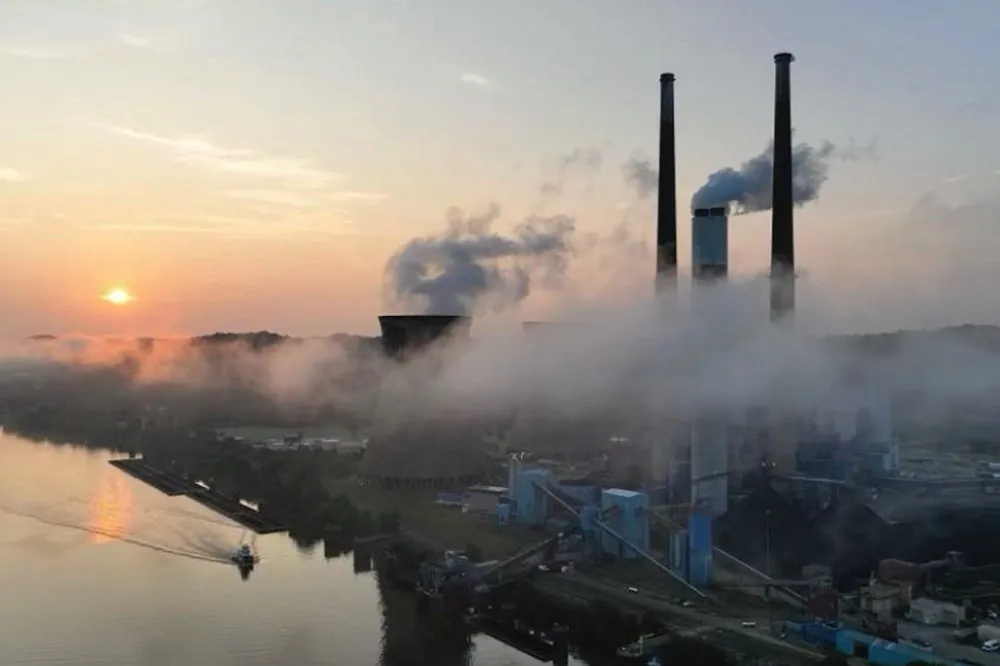West Virginia power plant saved with promise of hydrogen conversion will burn coal for up to two more years
The 1.3GW Pleasants Power Station, mothballed in June, is now up and running again, with state officials suggesting it could use double the coal once it starts producing H2
